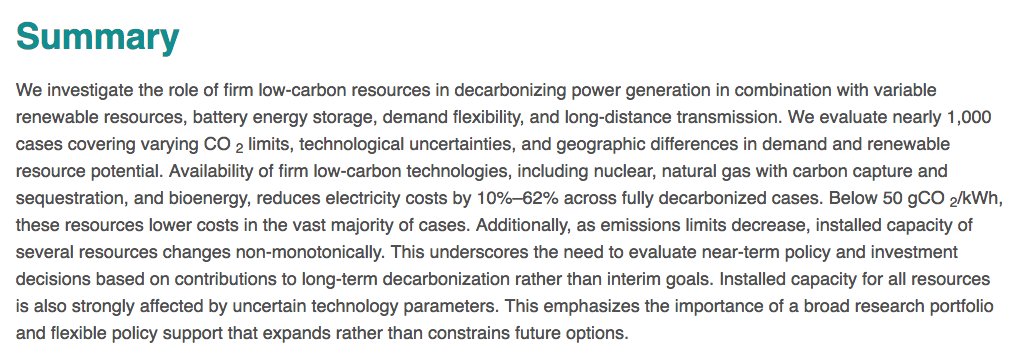Solar power faces a series of daunting technical challenges:
First, high solar intensity. The enemies of intensity are humidity, low altitude, high latitude, and slope.
Solar intensity is much higher at elevation, humidity generates light reflecting haze/clouds, high latitudes introduce massive seasonal variation, and slope vastly reduces area available for panels.
Third, intermittency. Between haze/clouds, seasons, and night, solar is unreliable - and we all need on-demand power. In most locations the sun shines during periods of low power demand, while high power demand occurs after sunset.
Lithium is often floated as a storage mechanism, but it does not charge or discharge fast enough, nor does it store enough electricity.
Lithium paired with solar in the green areas actually increases your carbon footprint because you will never generate sufficient electricity to overcome the sunk carbon cost of producing the system in the first place.
That leaves most people with a fourth problem: fuel pairing. Since a coal plant takes a full day to spin up and down, it never turns off even when the sun is out. 😠
The great lie of green power is that it counts any solar-generated electricity as part of the mix, even if we don’t use that electricity due to low momentary demand, or if we never turn off our coal power plant. 😳
In the German and Chinese cases specifically, the paired fuel is typically soft coal or lignite, so in most cases their carbon emissions have gone UP because of their solar commitments.
(Btw, pairing w hydro is great if your geography allows it)
For some details on what DOES work and where, as well as some ideas on how to reduce American greenhouse gas emissions NOW for a net cost of ZERO, see the Absent Superpower P389-402. 🤓
Ok. I’m done.













